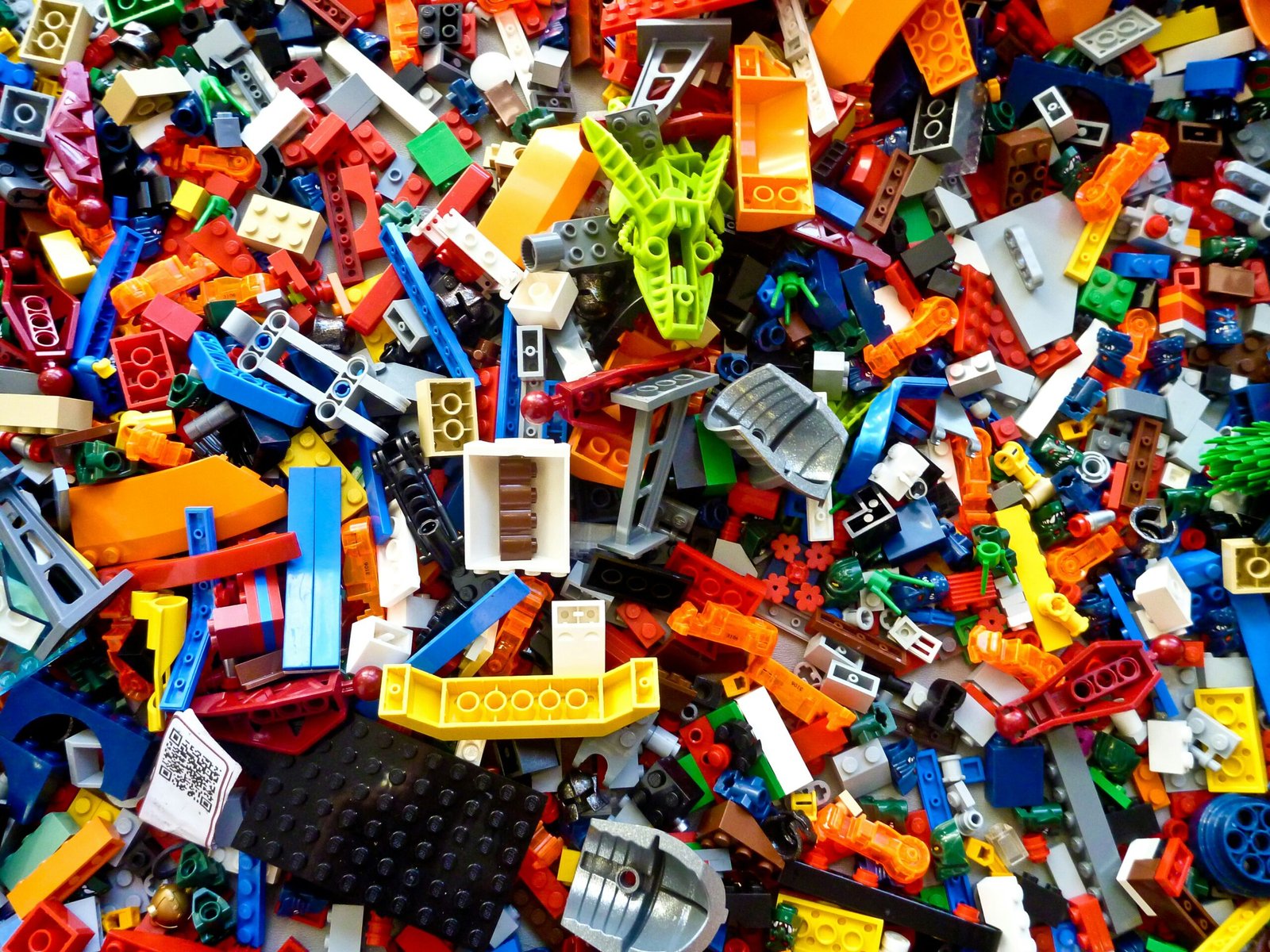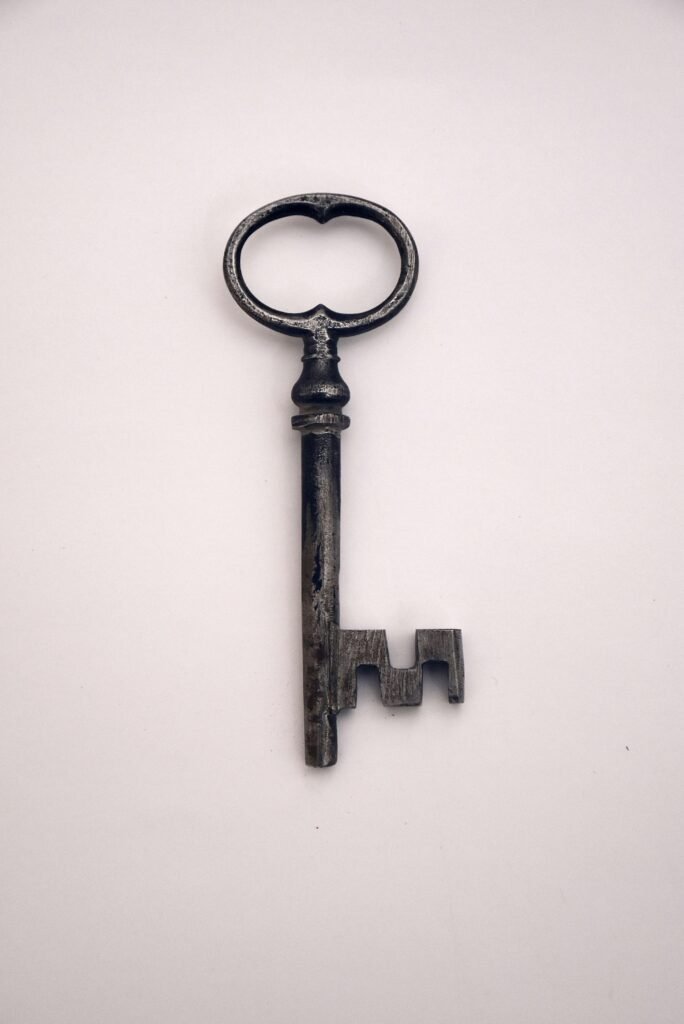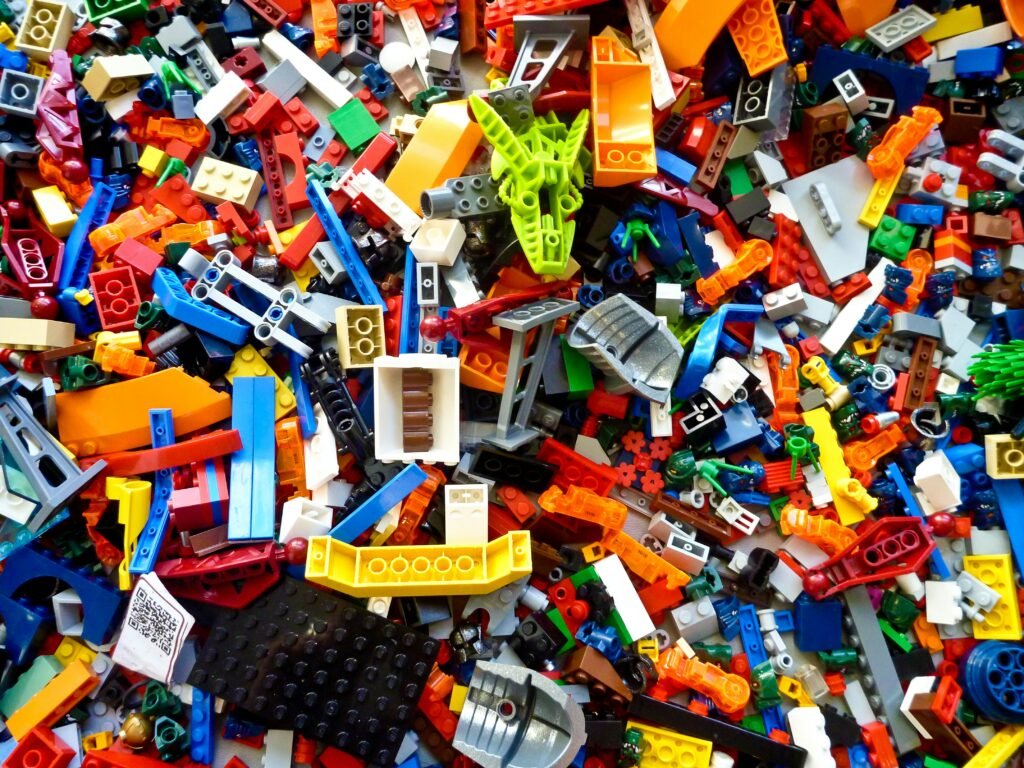
Toy guns have been a beloved staple in many children’s playtime repertoire for decades, but have you ever stopped to think about the cultural attitudes that surround these seemingly innocent playthings? In this fascinating article, we will explore and analyze the diverse perspectives that different cultures hold towards toy guns. From the debate between glorifying violence to promoting imaginative play, this examination sheds light on the intricate link between societal values and the role of toy guns in shaping young minds.
Historical Background
Origin of Toy Guns
Toy guns have been a part of human history for centuries. The origin of toy guns can be traced back to ancient civilizations, where children would fashion crude replicas of weapons used by adults for hunting or warfare. These early toy guns were often made from materials such as wood or bone and were used by children to imitate the activities of their elders.
Evolution of Toy Guns
As time progressed and technology advanced, so did toy guns. The evolution of toy guns paralleled the development of real firearms, with toy manufacturers constantly innovating to create more realistic and engaging toys. In the late 19th and early 20th centuries, metal toy guns became popular, replicating the look and feel of real guns. With the advent of plastics in the mid-20th century, toy guns became even more accessible and affordable, leading to further diversification in their design and functionality.
Societal Impact
Role of Toy Guns in Play
Toy guns have long been an integral part of children’s play. They allow children to engage in imaginative scenarios and role-play, enabling them to explore themes of heroism, justice, and conflict resolution. Through playing with toy guns, children can develop their creativity, problem-solving skills, and social abilities by collaborating with others in various play scenarios.
Perceived Promotion of Violence
One of the main concerns surrounding toy guns is the perceived promotion of violence. Critics argue that engaging in play that involves weapons may desensitize children to the real-world consequences of violence and normalize aggressive behaviors. However, it is important to note that the impact of toy guns on actual behavior is a highly debated topic, with studies providing conflicting results.
Influence on Psychological Development
The influence of toy guns on psychological development is another area of interest. Some argue that playing with toy guns can foster a sense of power and control in children, while others suggest that it may lead to increased aggression and risk-taking behaviors. It is crucial to consider individual differences, as the impact of toy guns on psychological development can vary depending on factors such as temperament, parental guidance, and exposure to other forms of media.

This image is property of images.unsplash.com.
Parental Influence
Parental Attitudes towards Toy Guns
Parental attitudes towards toy guns can greatly influence a child’s exposure to and engagement with these toys. Some parents may embrace toy guns as a harmless symbol of play, while others may have concerns about the potential negative effects and actively discourage their use. Parental attitudes are often shaped by cultural norms, personal beliefs, and social influences.
Factors Influencing Parental Perceptions
Several factors can influence parental perceptions of toy guns. Media portrayals of violence, real-life incidents, and cultural attitudes towards guns and violence can all contribute to parents’ concerns or acceptance of toy guns. Additionally, parents’ own experiences with firearms or exposure to violent play during their own childhood may also shape their attitudes towards toy guns.
Parental Role in Shaping Attitudes
Parents play a crucial role in shaping their children’s attitudes towards toy guns. By engaging in open and honest conversations with their children about the consequences of violence and teaching them about responsible gun ownership, parents can help children understand the difference between play and real-life situations. Setting boundaries and providing alternative play options can also help guide children’s play choices.
Cultural Variations
Effects of Culture on Attitudes
Cultural attitudes towards toy guns can vary significantly across different societies. In cultures where firearms are more prevalent and seen as symbols of power or protection, toy guns may be more readily accepted as a part of play. Conversely, cultures with a strong emphasis on non-violence or where firearms are heavily regulated may view toy guns with greater skepticism.
Different Cultural Approaches
Different cultures have diverse approaches towards toy guns. In some societies, playing with toy guns is seen as a normal part of childhood and is considered harmless play. In others, there may be social taboos or strict norms against such play, with parents actively discouraging or even banning toy guns from their homes.
Traditional Toys in Different Cultures
Traditional toys in different cultures often reflect the values and traditions of the society. In some cultures, traditional toys may incorporate elements of storytelling, community roles, and historical events, while in others, they may focus on cooperative play, problem-solving, or nurturing skills. Understanding cultural variations in toy preferences can shed light on the broader societal attitudes towards play and the role of toys.

This image is property of images.unsplash.com.
Political Perspectives
Gun Control Policies
Gun control policies and regulations can significantly shape the discourse surrounding toy guns. In countries with stricter gun control laws, there may be greater societal scrutiny and concern surrounding the presence and use of toy guns. Conversely, in regions with more lenient gun control policies, toy guns may be more readily available and accepted.
Political Stances on Toy Guns
Political stances on toy guns can differ significantly based on a party’s stance on gun control and societal beliefs. Some politicians may view toy guns as harmless play items and prioritize individual freedoms, while others may view them as contributing to a culture of violence and advocate for stricter regulations. The political discourse around toy guns often intersects with wider debates on firearms and their impact on society.
Gender Stereotypes
Toy Guns and Masculinity
Toy guns have often been associated with masculinity, with boys traditionally being encouraged to play with toy weapons as part of their development into stereotypically masculine roles. This association can perpetuate gender stereotypes, reinforcing the idea that aggression and dominance are inherently male traits.
Femininity and Cultural Expectations
Conversely, cultural expectations around femininity can create constraints on girls’ play choices, discouraging them from engaging with toys traditionally associated with aggression and violence, such as toy guns. This can reinforce gender roles and limit the diversity of play experiences available to girls.

This image is property of images.unsplash.com.
Media Influence
Role of Media in Shaping Attitudes
The media plays a significant role in shaping attitudes towards toy guns. Through movies, television shows, video games, and other forms of entertainment, media often portrays toy guns as symbols of heroism, adventure, and excitement. These portrayals can influence children’s perceptions and attitudes towards toy guns, as well as their beliefs about violence and conflict resolution.
Portrayal of Toy Guns in Entertainment
In the realm of entertainment, toy guns are often depicted as tools of empowerment and heroism. Action figures, superheroes, and characters wielding toy guns are commonly portrayed as defenders of justice and courageous individuals. However, it is important to critically examine the messages conveyed by these portrayals to ensure that they are promoting positive values and responsible play.
Educational Considerations
Educational Significance of Toy Guns
Toy guns can have educational significance when incorporated into early childhood education. Play that involves toy guns can provide opportunities for children to engage in creative problem-solving, negotiation, and teamwork. By guiding children to use toy guns responsibly and facilitating meaningful dialogue about conflict resolution, educators can harness the educational potential of these toys.
Inclusion in Early Childhood Education
The inclusion of toy guns in early childhood education should be approached with careful consideration. While some educators may see the value in incorporating toy guns into play, it is crucial to also provide a diverse range of play options that promote nonviolent problem-solving, empathy, and cooperation. Balancing the inclusion of toy guns with other play choices can ensure that children have a well-rounded and educational play experience.
Alternative Play Choices
Benefits of Diverse Play Options
Promoting diverse play options can offer numerous benefits for children’s development. By providing a range of toys and play opportunities that cater to different interests and promote various skills, children can explore their individual preferences and strengths. Encouraging nonviolent play alternatives can foster empathy, problem-solving, and social skills, reducing the reliance on toy guns as the main form of play.
Promoting Nonviolent Play Alternatives
To promote nonviolent play alternatives, parents, educators, and toy manufacturers can actively seek out and provide toys that encourage cooperative play, imaginative storytelling, and creative problem-solving. Building structures, creating art, playing board games, or engaging in physical activities such as sports can all offer children alternative outlets for their energy and imagination.
Role of Marketing
Impact of Toy Industry Marketing
The marketing strategies employed by the toy industry can significantly influence children’s attitudes and desires for toy guns. Advertisements often depict toy guns as exciting, popular, and a must-have item for children, creating a sense of social pressure and desirability. Evaluating and critically analyzing the impact of marketing on children’s play choices is essential for promoting responsible and informed decision-making.
Advertising Strategies for Toy Guns
Toy gun manufacturers can adopt advertising strategies that focus on the educational and imaginative potential of these toys, rather than solely emphasizing action and aggression. Highlighting the opportunities for creative play, problem-solving, and teamwork can help parents and children make more informed choices about engaging with toy guns. By framing their products in a responsible and educational context, toy manufacturers can contribute to a more balanced perception of toy guns in society.
In conclusion, toy guns have a long history and have evolved alongside real firearms. Their societal impact is complex, with both positive and negative aspects to consider. Parental influence, cultural variations, political perspectives, gender stereotypes, media influence, educational considerations, alternative play choices, and the role of marketing all play a part in shaping attitudes towards toy guns. By fostering open conversations, providing diverse play options, and promoting responsible and informed decision-making, we can ensure that toy guns are approached in a balanced and constructive manner.